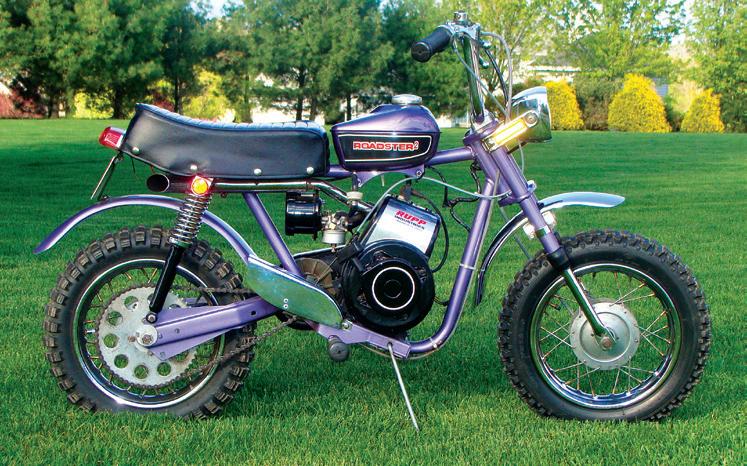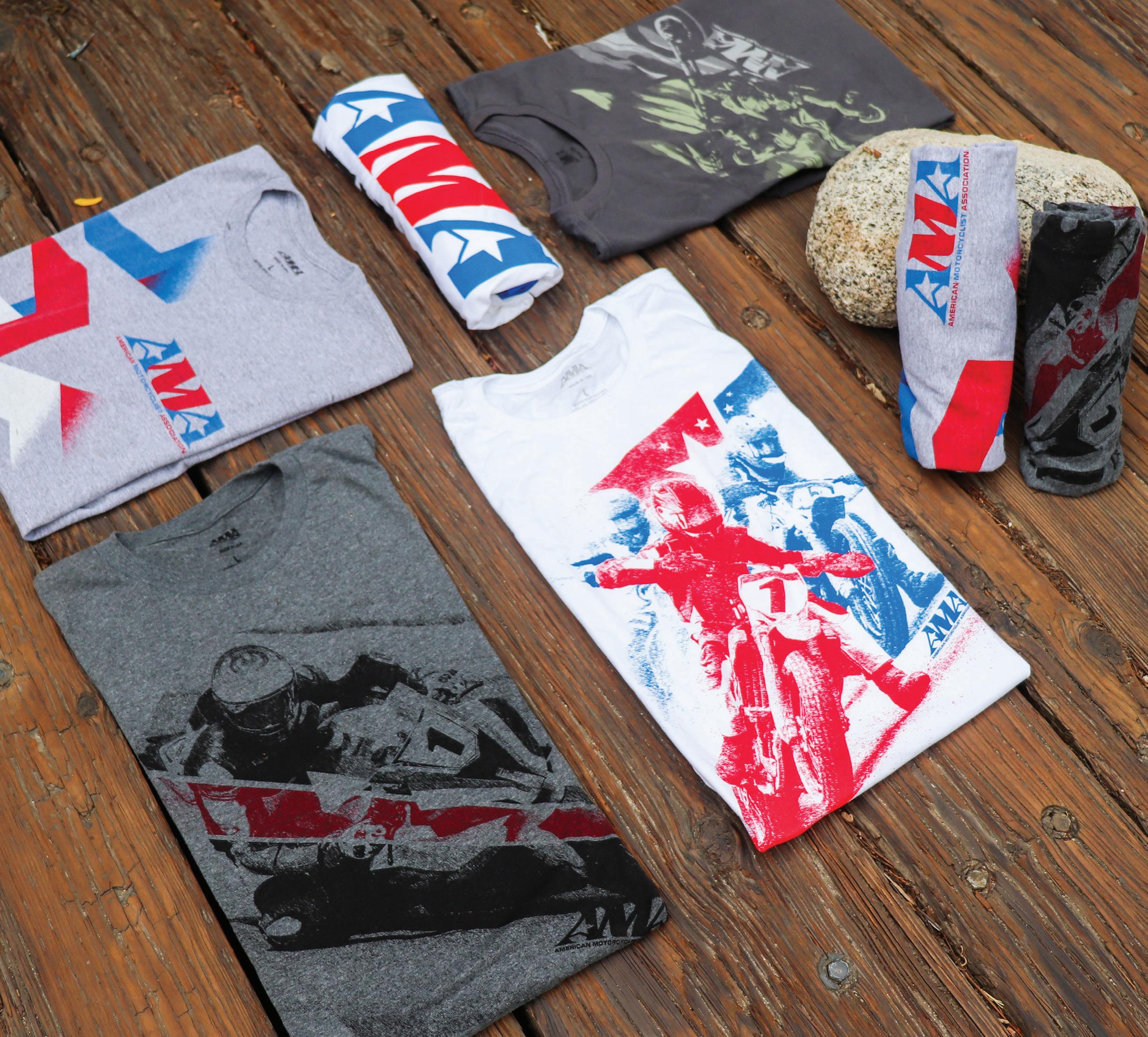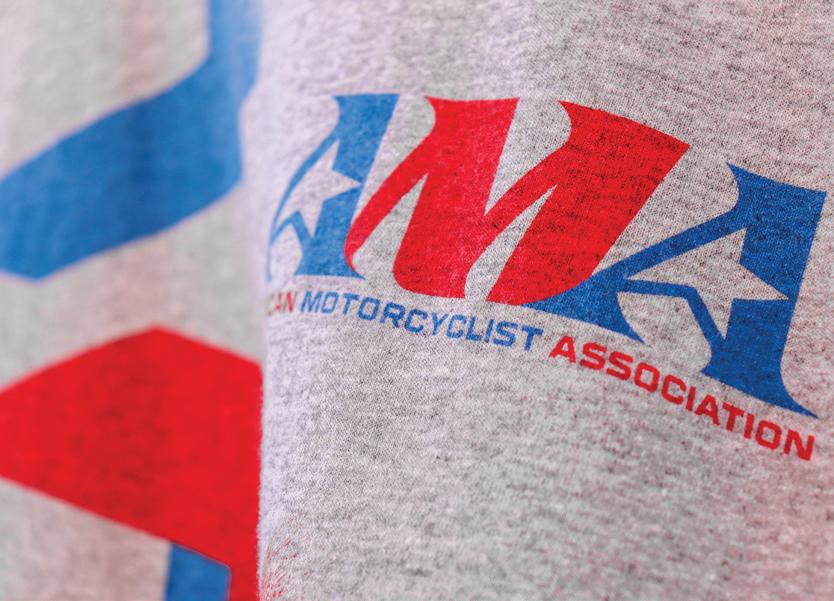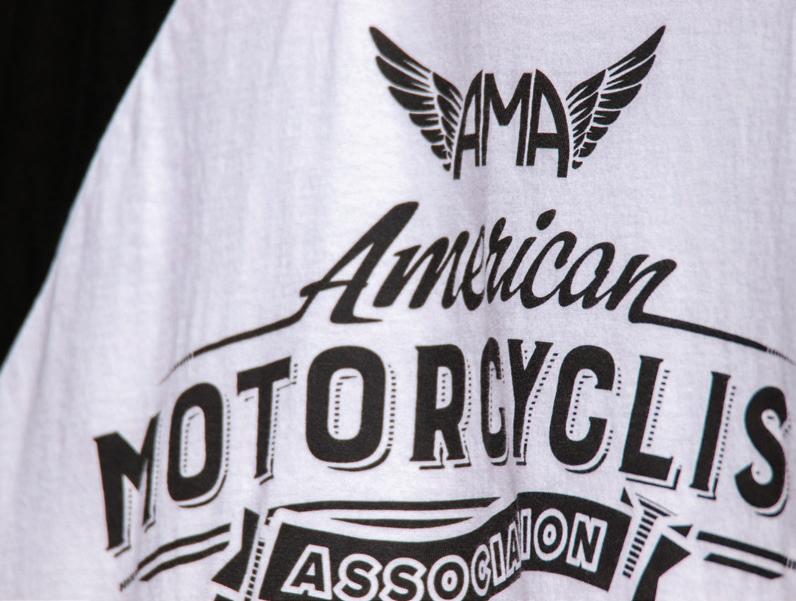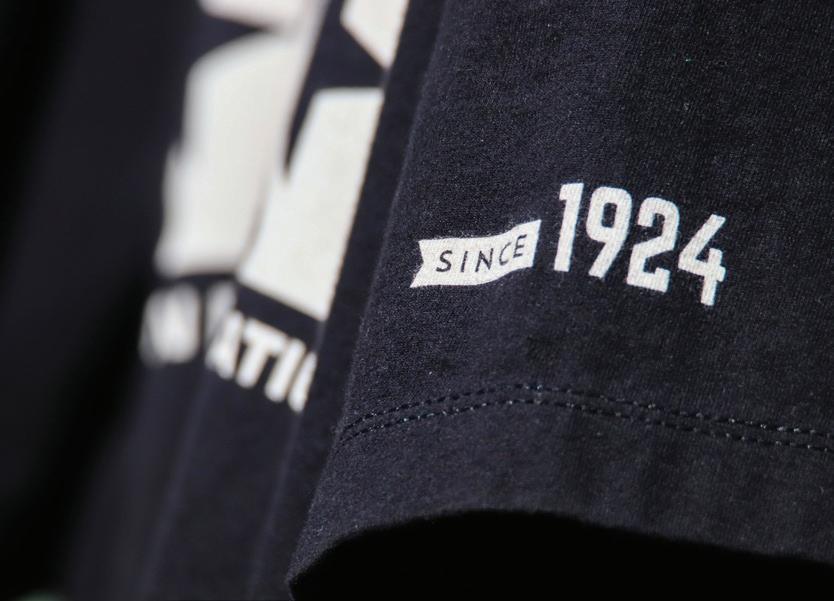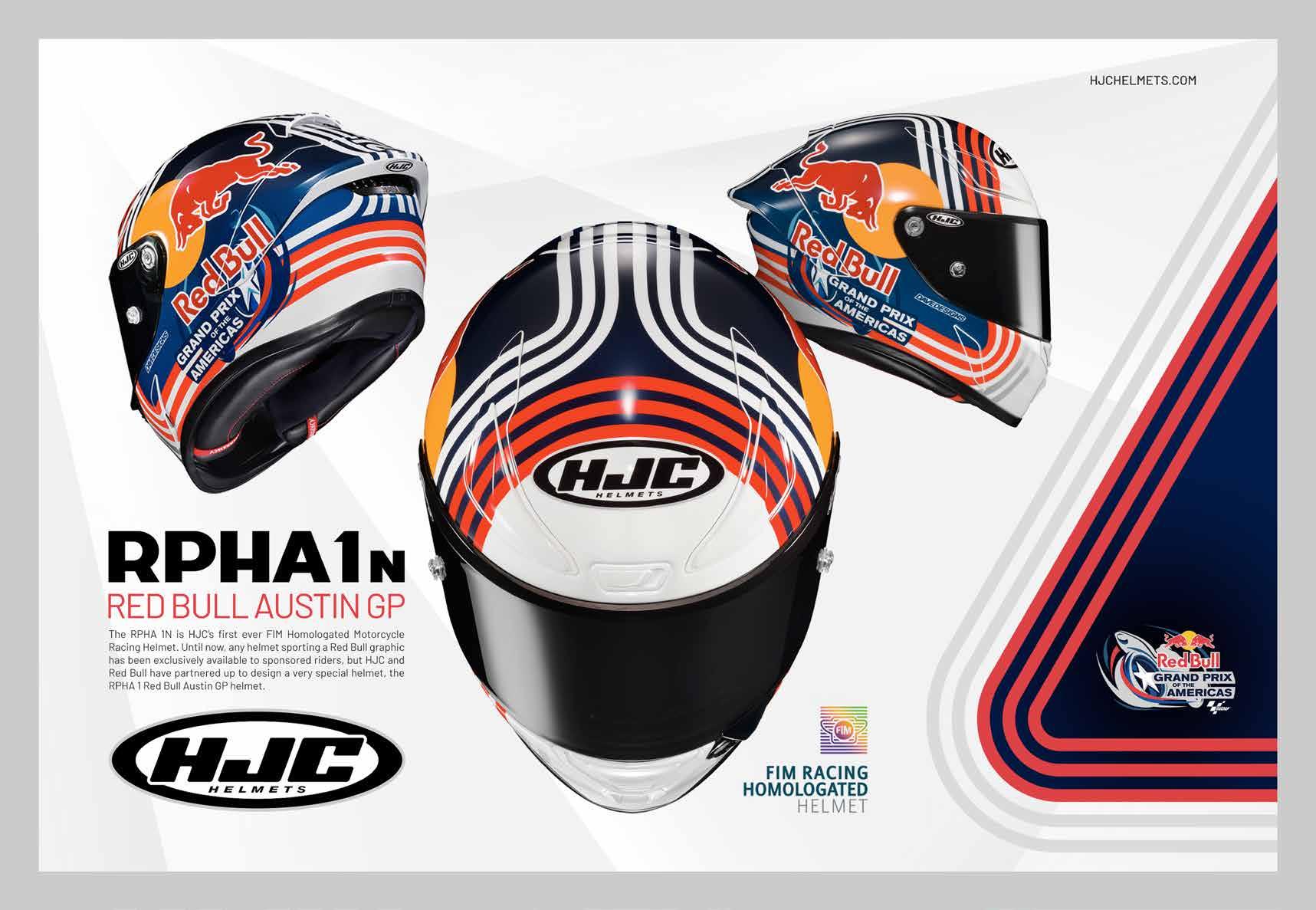
2 minute read
LAST PAGE
LAST PAGE Mickey’s Magic Carpet Minis
63 years ago, Mansfield, Ohio’s Mickey Rupp launched Rupp Industries — and baby-boomer kid-dom would never be the same
Being at AMA Vintage Motorcycle Days this past July meant being very near good ol’ Mansfield, Ohio, and if you were an adolescent breathing motorcycle-tinged air molecules during the 1960s and early 1970s, you might remember that Mansfield, Ohio, was home to a company called Rupp Industries — which had a significant effect on motorcycling in America.
Launched in 1959 by Mansfield’s own Herbert E. “Mick” Rupp, Rupp Industries quickly became the maker of what were then and now known as minibikes — tube-framed, solid-wheeled, single-speed, friction-braked and Tecumseh- or Briggs and Stratton-powered torque converter minibikes, the ones you saw advertised in the back of Boys Life magazine, built yourself using an old lawnmower engine, or bought at a local hardware store to terrorize the neighborhood on.
Rupp Industries grew into a recreational-vehicle dynamo during the 1960s, building karts, minibikes, snowmobiles and all manner of three- and four-wheel conveyances. By 1970, Rupp employed over 400 people and recorded sales of nearly $30 million — quite an accomplishment for a 34-year-old entrepreneur who, a decade earlier, was a oneman show building go-karts for friends out of his basement.
But it was those minis that resonated most strongly, and the names remain legend even today: Roadster and Roadster/2. Sprint. Enduro. Hustler. Scrambler. Bandit. And Black Widow.
Rupp’s early efforts were basic: steel-tube hardtail frames, four-stroke pull-start engines and tiny wheels — the standard formula for numerous minibike outfits during the 1960s. But over the years Rupp innovated, adding front and rear suspension to some models and, later, going to larger wheels and more powerful Tecumseh engines, which vaulted bikes like the Roadster/2 and famed Black Widow into real minibike territory, where they competed reasonably well versus more advanced Japanese minis like Honda’s SL70 and Yamaha’s Mini Enduro. It wouldn’t last, of course. The Japanese invasion was simply too strong, and by the mid 1970s, Rupp sold the company and then went on to build a very successful fishing-gear business, which his son now owns and runs.
But for a decade and a half, Rupps were the Cadillacs of the minibike world. Stay tuned for a full feature on the Rupp Revolution in the coming months. —Mitch Boehm
